Talk to your doctor to find out if a prosthesis might be right for you.
The hip is the joint that connects the thigh to the pelvis. It consists of the femoral head on the femur side and the acetabular cavity on the pelvis side. In a healthy hip joint, the hip bones are covered with articular cartilage, which protects the bone and makes movement between the joint surfaces easier during hip movements. Cartilage wears out not only over the years but also with use.
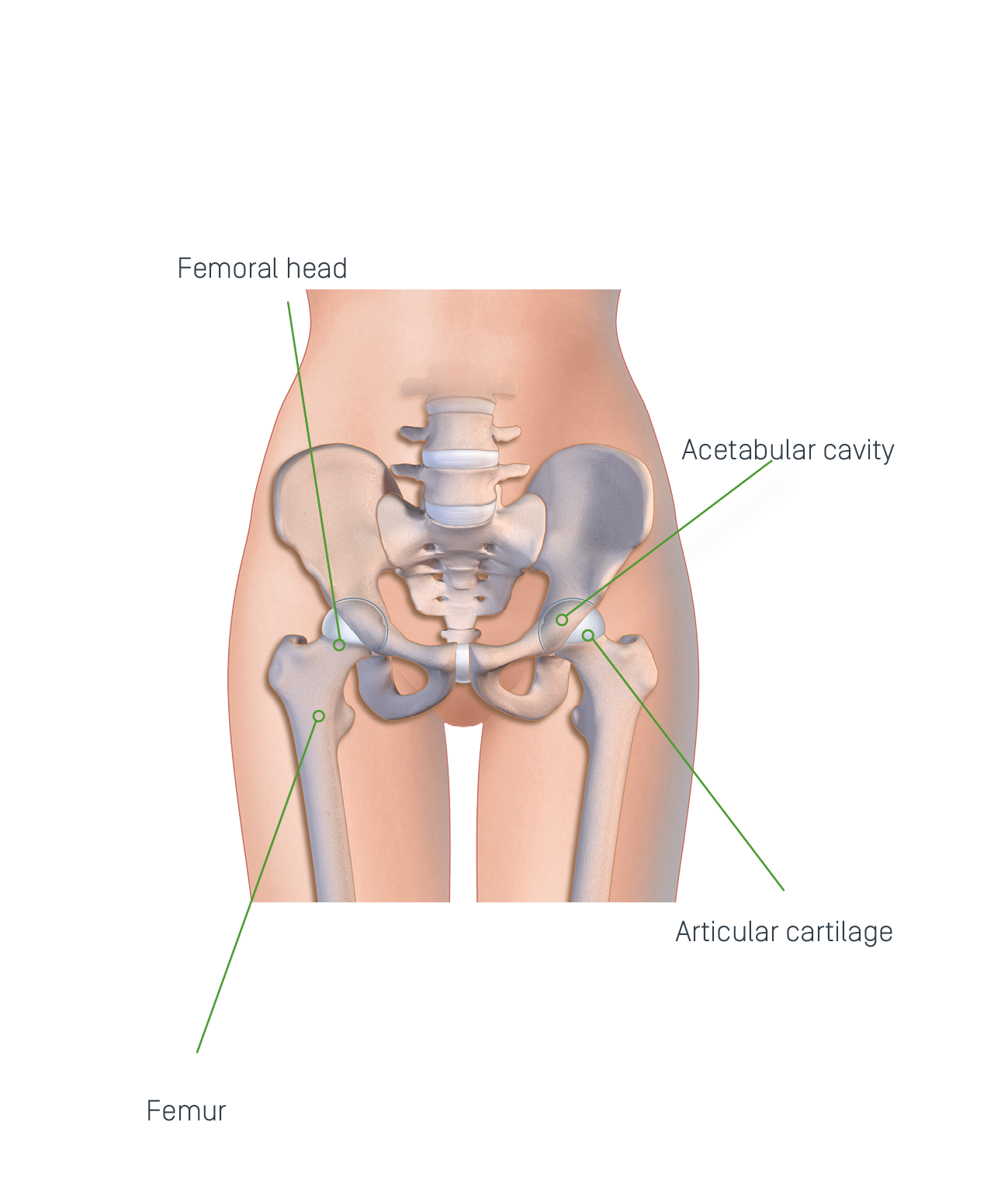
Osteoarthritis is a disease characterized by degenerative and chronic wear and tear of the articular cartilage. Osteoarthritis is the most common joint condition and the first symptoms generally appear from the age of 40-50 years. It may develop earlier, particularly in the presence of aggravating factors (obesity, imperfect joint structure osteoporosis, repetitive movements).
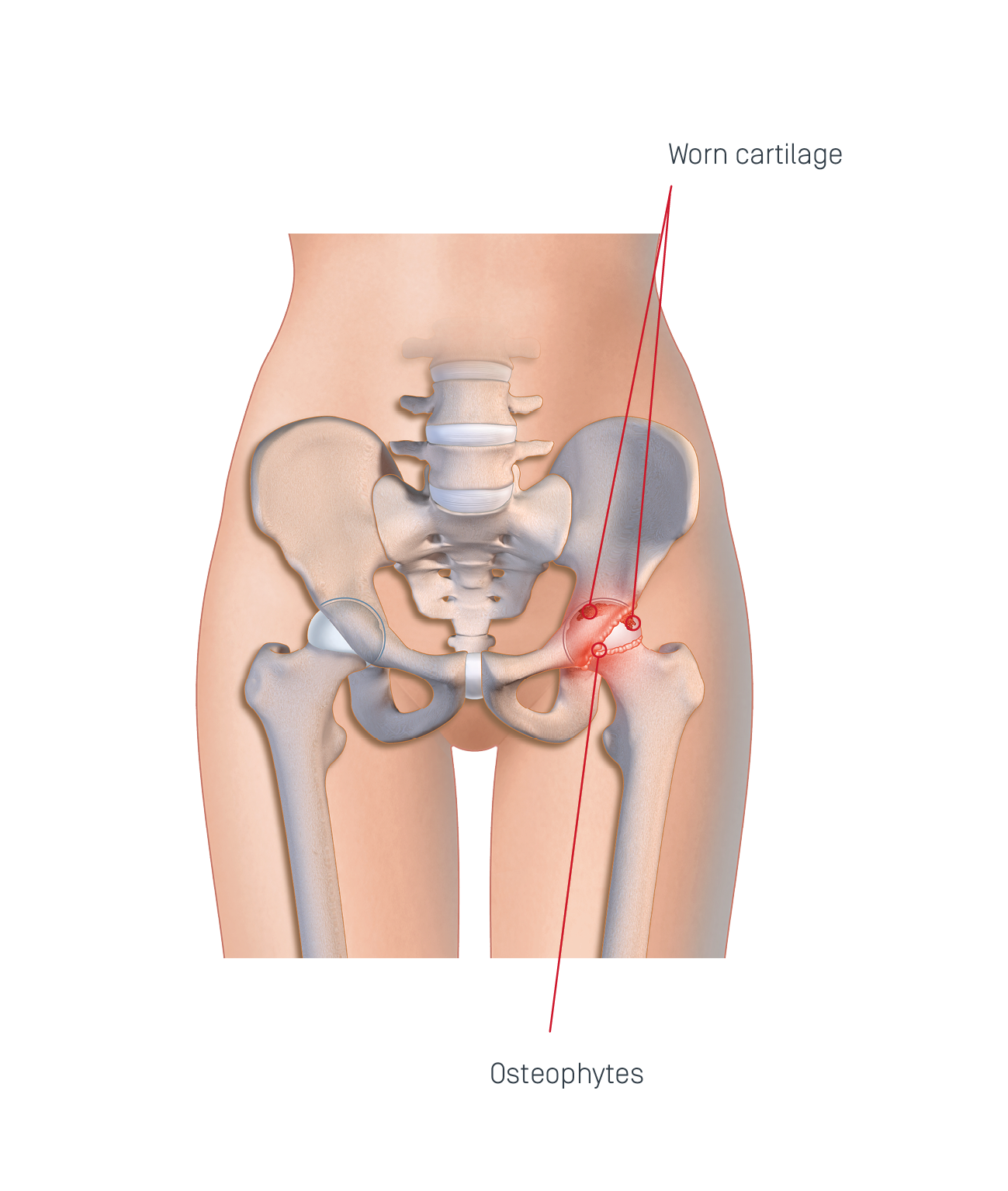
Total hip arthroplasty aims to replace bone and cartilage worn out by osteoarthritis through the insertion of a prosthesis.
The hip prosthesis consists of four components made of metal, ceramic or polyethylene.
The cup (metal) is used to replace the worn cartilage of the acetabulum.
The ceramic or polyethylene insert is inserted into the cup and allows the head to articulate.
The ceramic or metal femoral head replaces the native femoral head and is attached to the cone of the femoral stem. It articulates with the insert to form the joint. It articulates with the insert to form the joint.
The femoral stem (metal) is implanted in the femur.
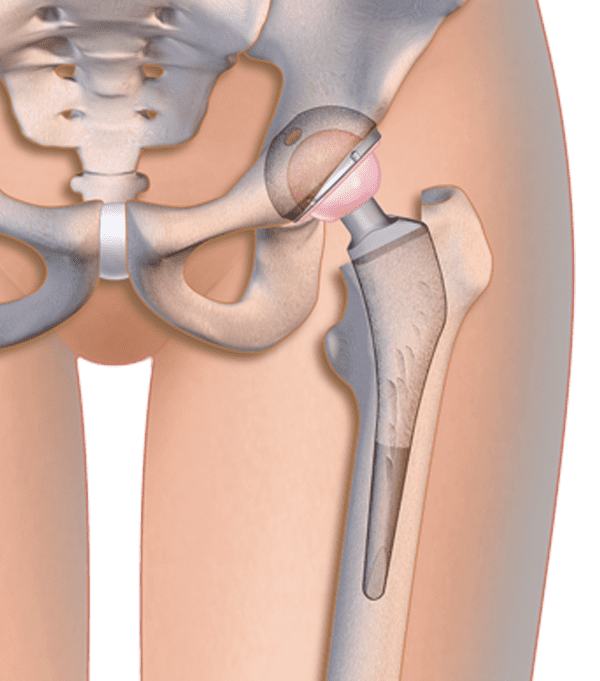

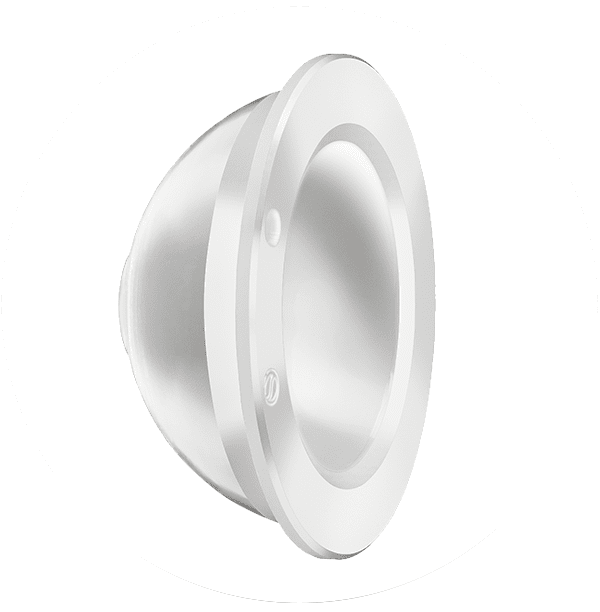

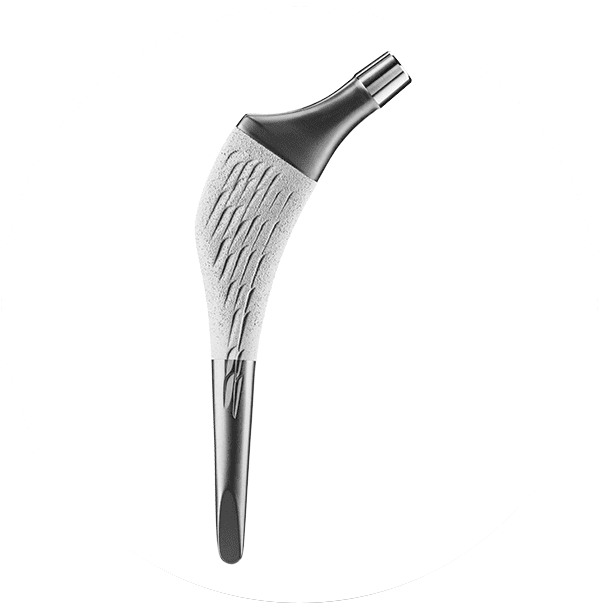
The anatomy of the hip can be complex and can vary greatly from one individual to another. There are numerous variations in bone shape that may be dependent on size, sex, physical activity and traumatic after-effects.
Your hip is therefore unique and unlike any other. When a hip prosthesis is fitted, it is essential to be able to restore the very specific shape of the femur and the hip joint, in order to be able to regain the most natural hip function and mobility possible.

The standard prosthesis ranges are composed of several sizes but have a unique shape that corresponds to an average anatomical size.
Conversely, the personalized INDIVIDUAL HIP™ prosthesis faithfully matches the shape of your femur, reproduces the length of your leg and restores the muscular balance of your hip. You benefit from an implant adapted to your anatomy enabling you to regain your mobility and a normal life.

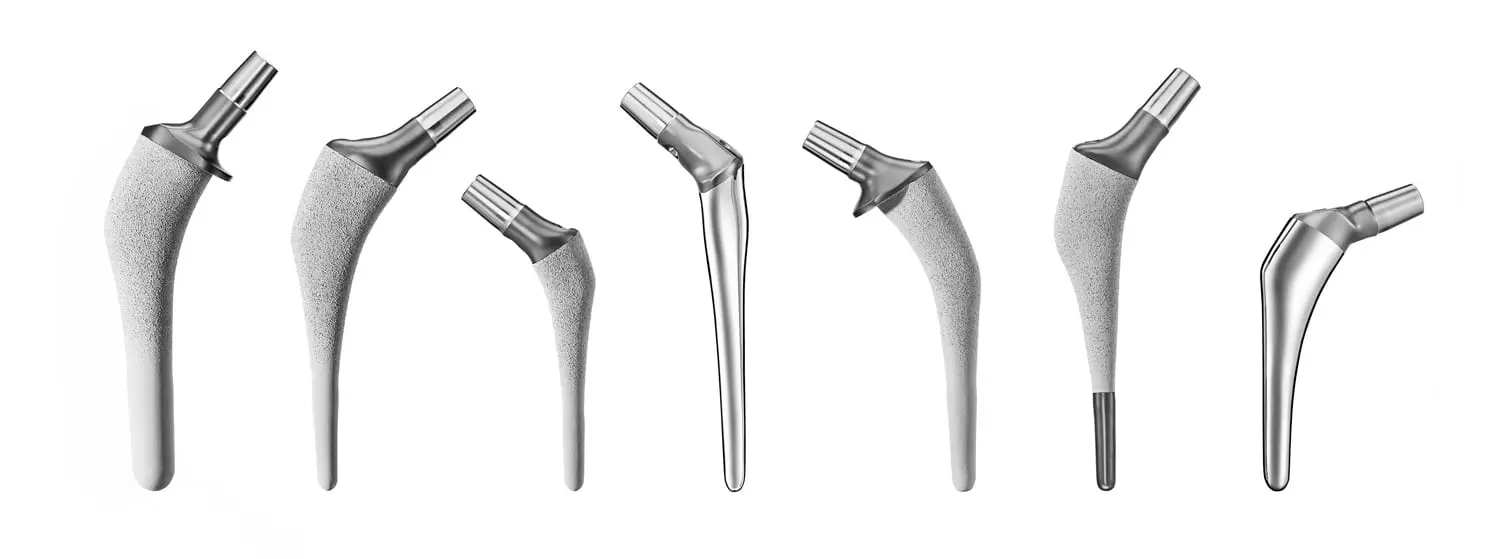
Symbios, based on a 3D model of your femur from a CT scan, designs and manufactures a personalized prosthesis specifically for your femur. The personalized implants are then manufactured on a just-in-time basis for delivery a few weeks later to the hospital for your operation.
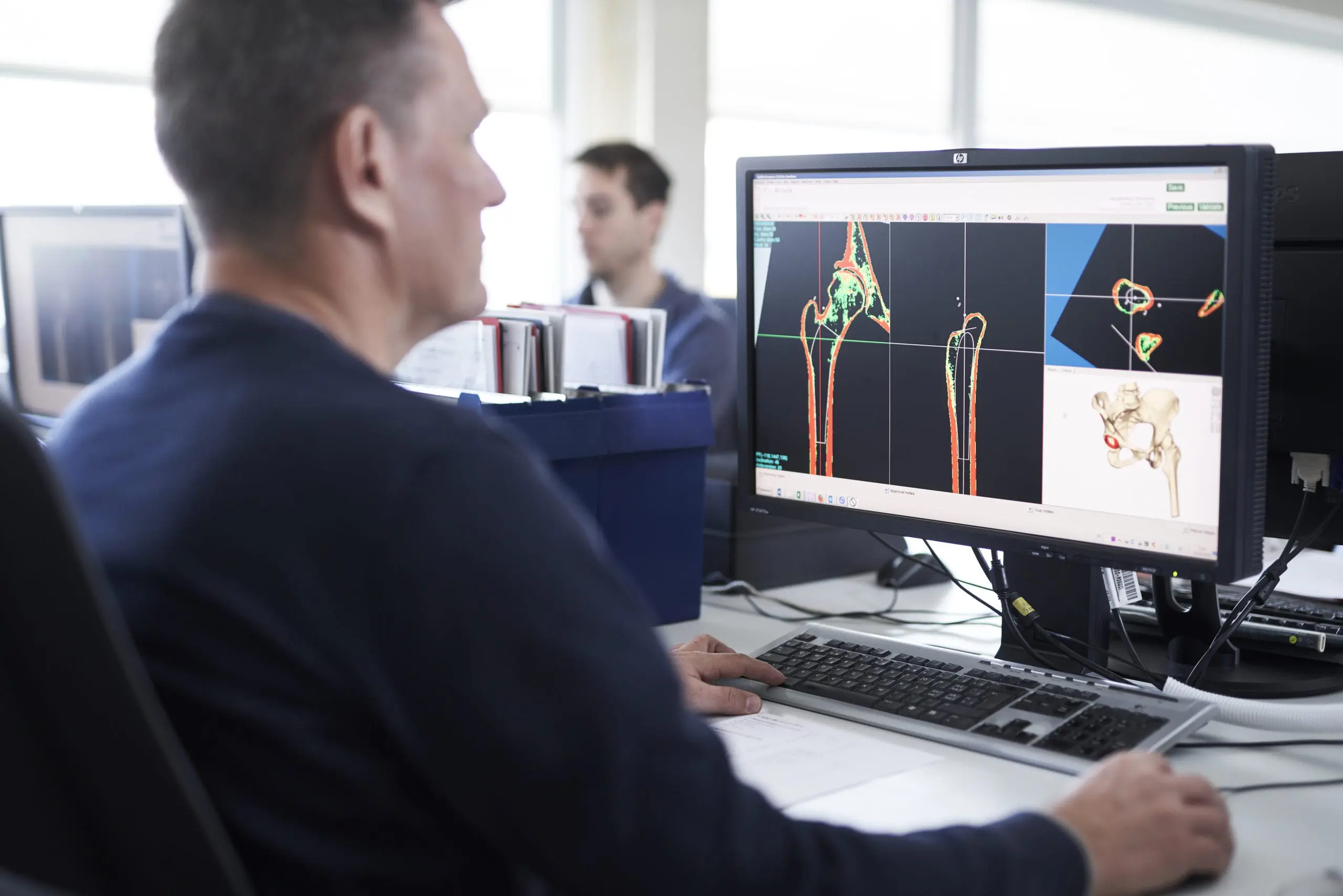


In order to maximize the life span of your new hip, make sure you follow the instructions given to you by your surgeon and respect these simple rules to avoid potential complications:

Ros is a 73 year old runner from South London. After being diagnosed with osteoarthritis in her hip, Ros was concerned she might never run again. In this video, Ros tells her story about how an individualized hip replacement with Symbios, changed her life.
as Jason (44 years old) did by returning to youth
football coaching following his successful Symbios
personalized hip surgery.
Would you like to have more information about our hip prostheses?
FAQeast